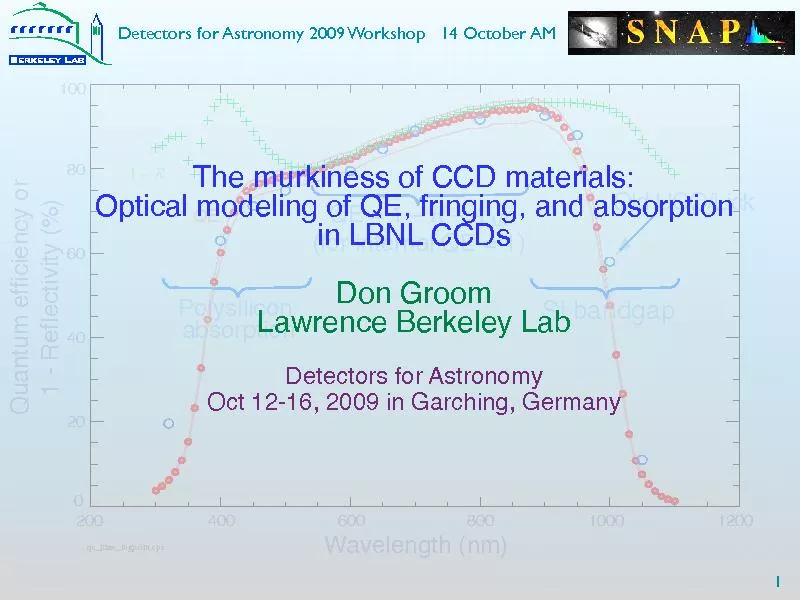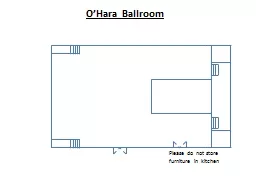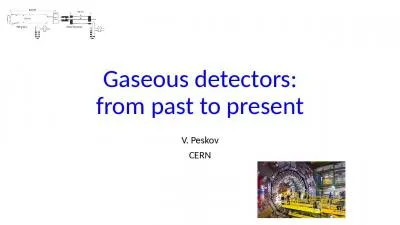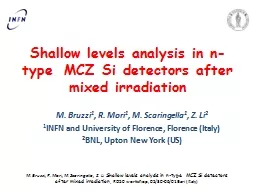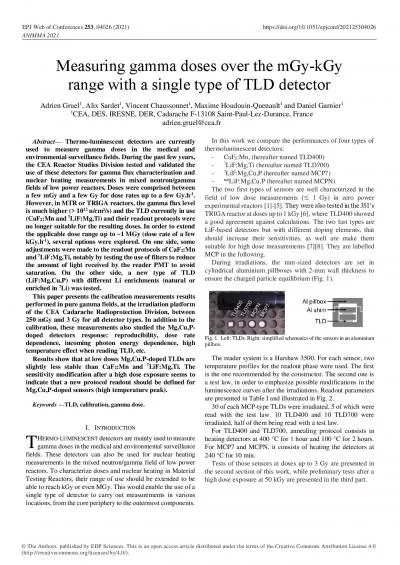PPT-Silicon Detectors K. Hara
Author : hadley | Published Date : 2023-11-11
University of Tsukuba Faculty of Pure and Applied Sciences EDIT2013 March 12222013 Applications of Si detectors vertexing tracking whole tracking VLSI UA2 F Hartmann
Presentation Embed Code
Download Presentation
Download Presentation The PPT/PDF document "Silicon Detectors K. Hara" is the property of its rightful owner. Permission is granted to download and print the materials on this website for personal, non-commercial use only, and to display it on your personal computer provided you do not modify the materials and that you retain all copyright notices contained in the materials. By downloading content from our website, you accept the terms of this agreement.
Silicon Detectors K. Hara: Transcript
Download Rules Of Document
"Silicon Detectors K. Hara"The content belongs to its owner. You may download and print it for personal use, without modification, and keep all copyright notices. By downloading, you agree to these terms.
Related Documents

